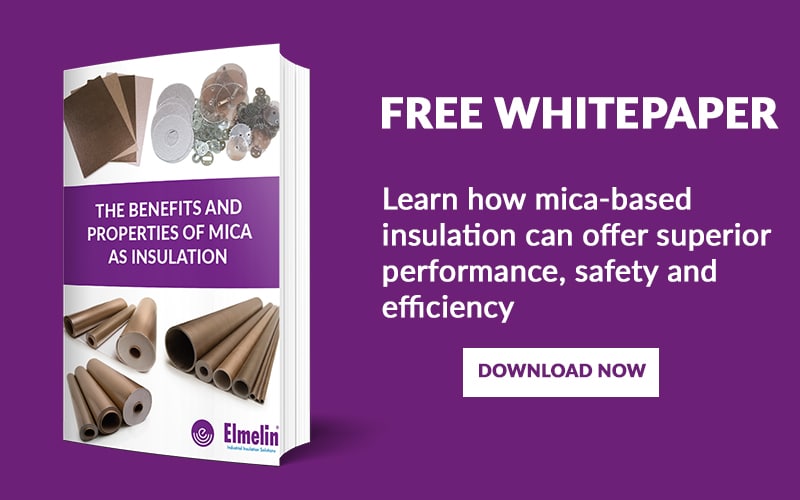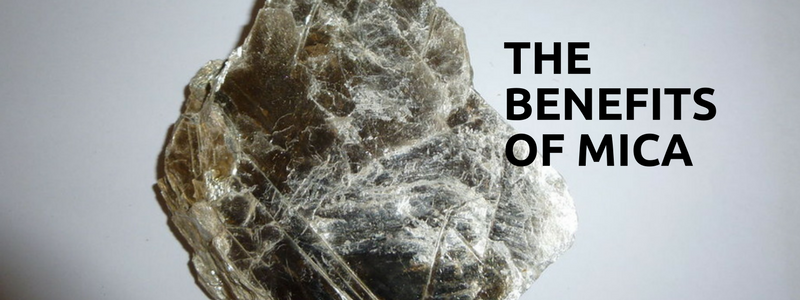
The benefits of mica are huge. Mica is a naturally occurring mineral and there are over 30 different kinds, but the two most commonly mined members of this mineral family are muscovite (white mica) and phlogopite (green mica). Both have certain physical properties making them uniquely suited to a range of industrial and manufacturing applications. Essentially, mica is a resilient insulation material, and because of its physical makeup, it can split into thin sheets, which retain these superb insulation properties. The thinness of mica means it is extremely versatile and adaptable.
Mica insulation comes in the form of mica sheet, mica roll laminates and in many other mica products. We also apply it as part of combined thermal management solutions and in other products for high temperature insulation.
Mica retains its stability when exposed to intense heat, to light, water and electricity. Consequently, it is used in blast furnaces, kilns and tanks. It is also found in power cables, in fire and security alarm systems, and in heaters and boilers.
In short, mica’s versatility means it has a broad range of applications across different industries and sectors.
Where Does Mica Come From?
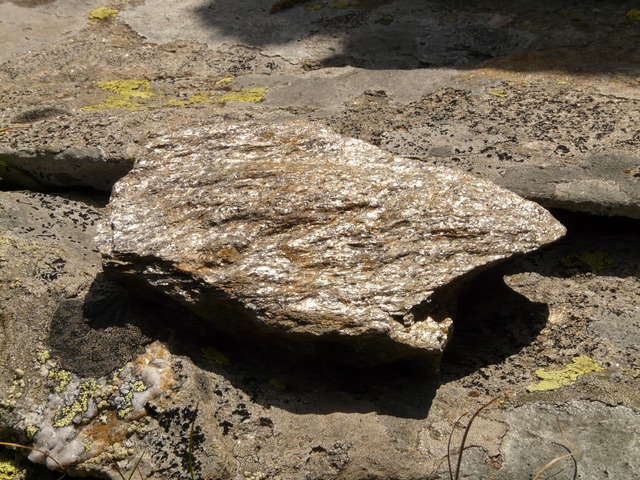
Mica is mined, producing either sheet or flake mica. Mica is part of a group of minerals known as silicate minerals. Silicate refers to the fact that these minerals form into distinct sheets. Sheet and flake mica comes from open-pit surface mining, or, in the case of sheet mica, also from sinking a shaft to access a mica vein in the rock.
Applying stress to a specific plane of a crystal causes it to break. How this break occurs is known as cleavage. As a crystal, mica has almost perfect basal cleavage, along its horizontal plane, via its base, which is what makes it easy to peel into thin sheets.
The name mica may derive from the Latin word “micare”, which means to shine. When exposed to light, mica gives off a sparkling effect.
Mica Products
The main forms of mica, as a product, are as mica roll, mica sheets, mica tubes and mica components.
Mica roll laminates come as pure mica, glass mica or combi laminates. Each comes in different grades of thickness, and display superior slip pane thermal conductive characteristics. Glass mica has added robustness from its glass fibre reinforcement. Combi mica roll laminates combine muscovite or phlogopite mica with rockwool or bio-ceramic paper as a cost-effective answer to lining for furnaces smelting iron or aluminium.
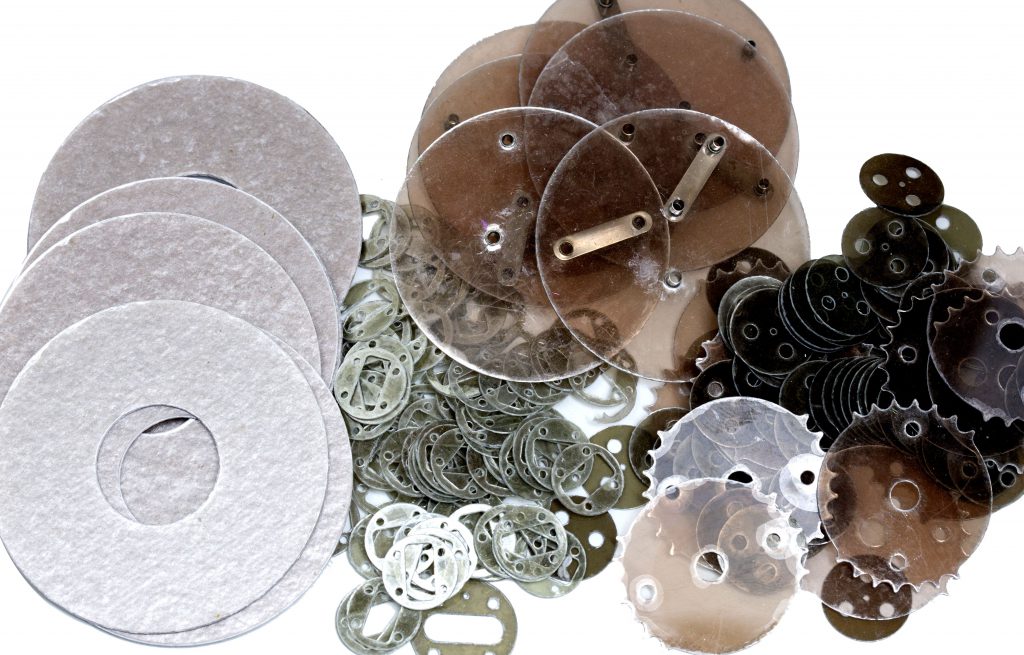
Mica sheets are either flexible or rigid. Flexible sheets are used as insulation foil or as separators. The rigid form is more suited to furnace construction than lining, but also supplies the material for many electrically heated consumer appliances and other items. Rigid mica sheet is also cut into custom tooling shapes and other components.
Mica tubes have the same properties as rigid mica sheets, and are widely used in electrical appliances, motors and smelt furnaces.
Transistors, heating elements and cut discs can all be manufactured as mica components. Similarly, mica’s tooling applications are also wide and varied
Convenient Uses of Mica
The sheer range of mica applications supports its reputation as a kind of wonder mineral, and certainly its natural thermal resistance makes it extraordinarily functional in many different settings.

In the automotive industry, mica’s qualities as a superior thermal barrier, make it ideal for improving heat transfer in brake pads and clutches. It also supports noise reduction. Other vital automotive mica components include alternators and starters and thermal gaskets. All vehicles need batteries that will be resistant to fire and impact. Here, mica can provide specialist insulation for vehicle batteries, protecting them from extreme conditions.
For the foundry and steel industry, mica is used as a coating in both iron and aluminium production casting. It offers superb stability, therefore contributing with an essential role in thermal management when it comes to maintaining processing temperatures. As an insulation material, mica’s superior slip plane characteristics help the functioning and extend the lifespan of furnace linings. Mica also is essential in helping to protect the coil grout and furnace casting.
In other industries such as aerospace and for military use, mica’s lightweight but durable properties make it ideally suited for insulation and heat shield applications. It is used in aircraft interiors and exteriors, for fire-proofing, and for insulating flight recorders and other data recording devices.
In a variety of settings, mica now provides a safe substitute for asbestos, making it essential in areas of fire protection.
In continuous process manufacturing, mica helps ensure safe production and consistent performance across the petrochemical, cement and glass industries. For optimising performance, mica’s stress and heat-resistant properties make it ideally-suited.
Mica insulates critical process pipework for upstream, downstream and midstream processes. It can also be a mud constituent in oil well drilling, sealing bore hole walls to ensure there is no leakage or loss of pressure.
Mica is All Around Us
Alongside these applications, you will also find mica in large numbers of consumer appliances and regularly used items such as heat guns and other tools. This is because mica components can effectively exploit mica’s natural structural stability for heat resistant functions and electrical insulation.
So, there is mica in thermal regulators and heater elements. In consumer appliances such as fan assisted heaters, hairdryers, toasters and microwaves, mica insulation plays its part.
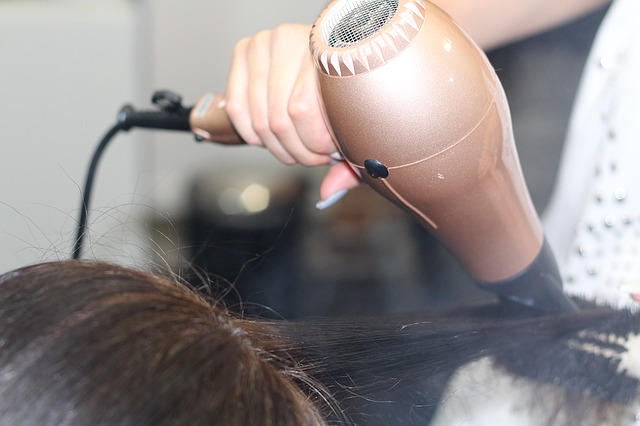
In power electronics, mica makes integrated solutions easier, with its long-term durability and adaptability. As an insulator, it has a high dielectric strength, so it can withstand intense electric fields while staying stable.
Are You Ready for Mica?
You may work in one of the industries or sectors we have mentioned here. However, even if you don’t, mica could still be the missing piece in your puzzle, the key component in giving your productivity, process or product the essential support you require. We can help you explore the versatility of mica with practical solutions to help your business, whatever sector you operate in. Give us a call on +44 20 8520 2248, email sales@elmelin.com, or complete the enquiry form and we’ll get back to you as soon as possible.
